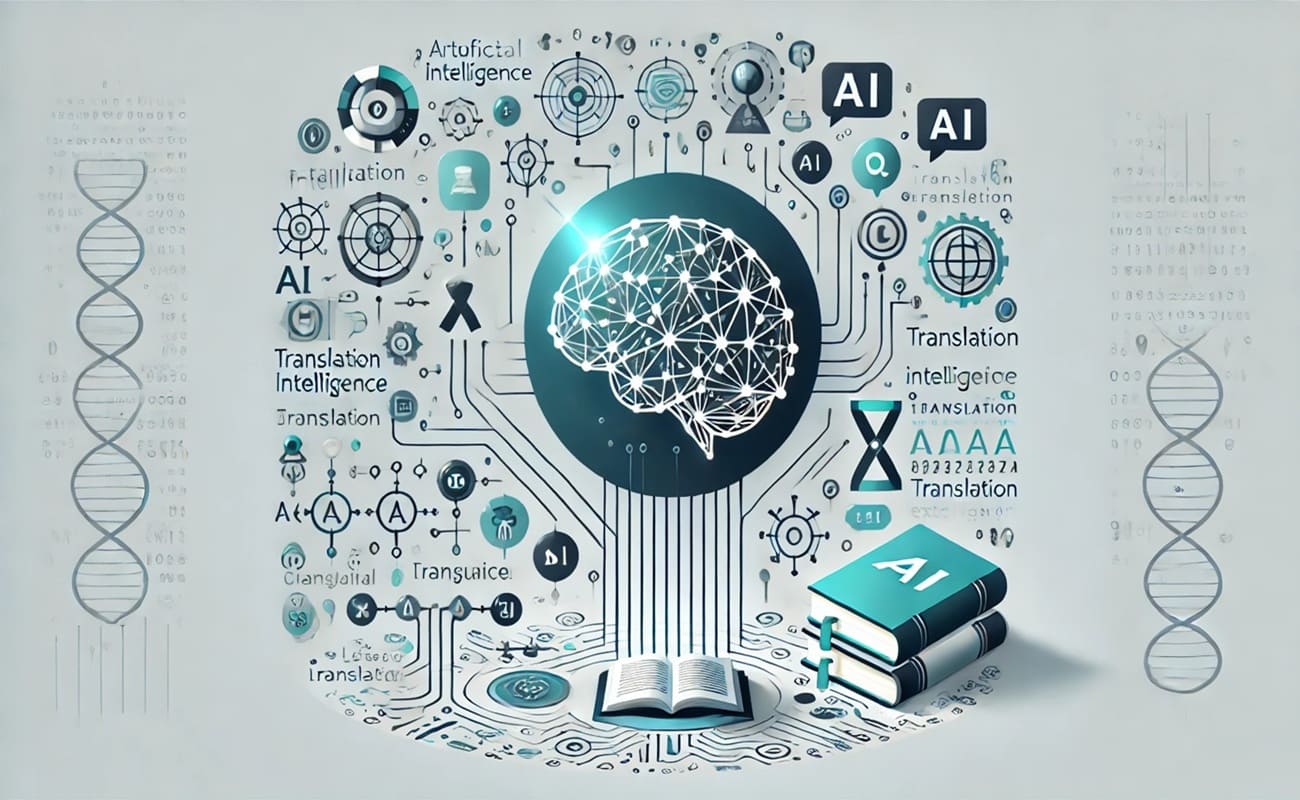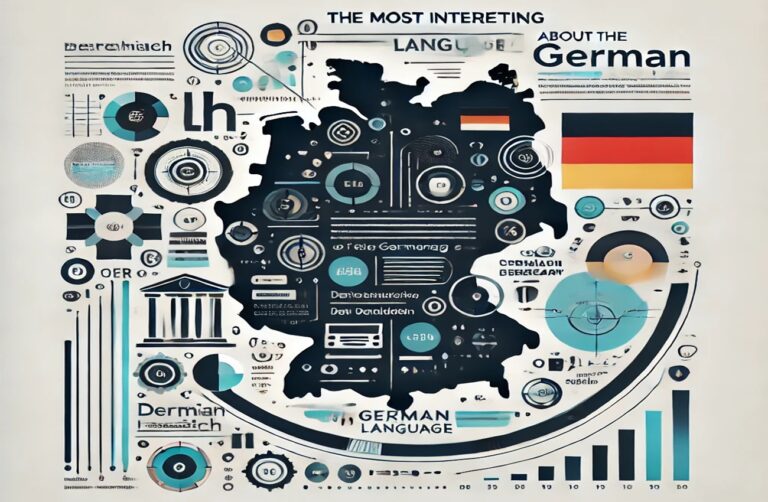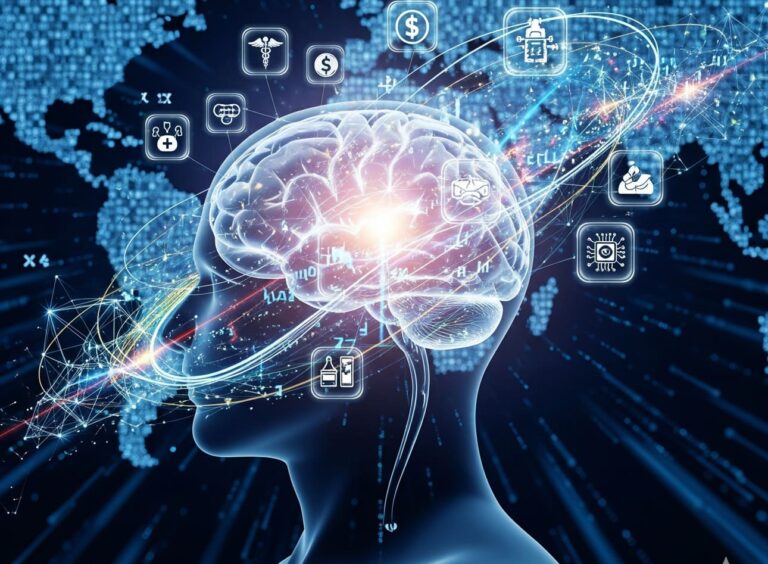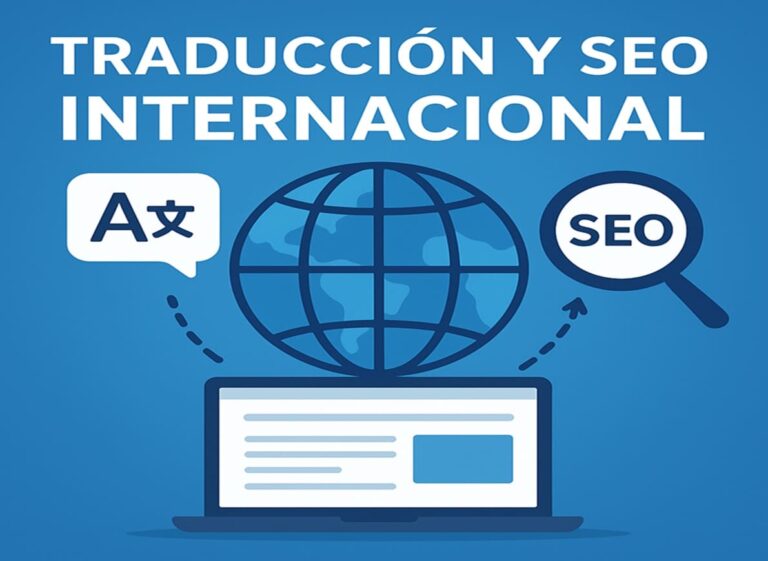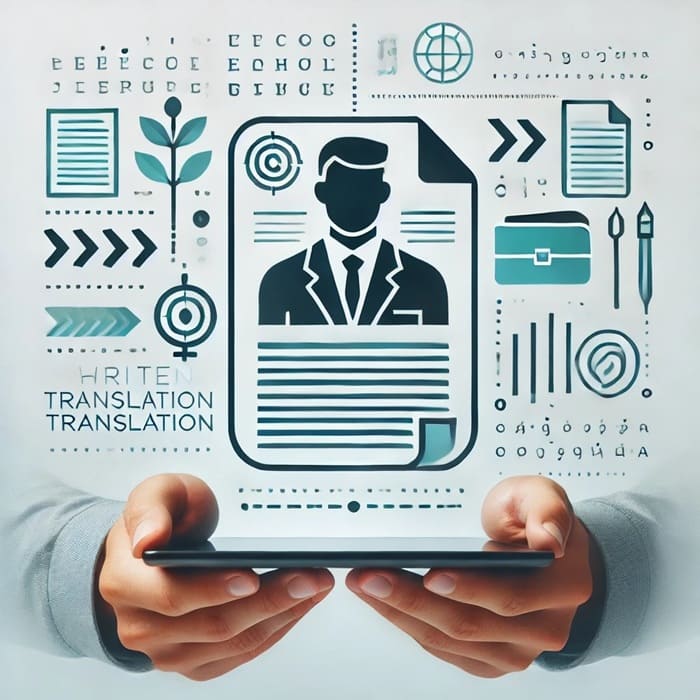The scope of the influence of Artificial Intelligence on translation activities
AI is a shortened form of the English phrase “Artificial Intelligence”, which translates as Artificial Intelligence. This concept encompasses a really wide range of terms, but is usually recognised as a set of technological practices for executing algorithms, as close as possible to human intelligence. In other words, the main objective of the creation and now development of artificial intelligence is the desire to obtain the most natural outcome; one that could be established by man.
Artificial Intelligence in the industries in two words
It is worth noting that artificial intelligence, and I do not mean even in the domain of translation services, includes many sections, each of which has its own characteristics. The most famous of them is Machine Learning, as it is this section that is actively used in practice. Nowadays, when we talk about business or production, when AI is used, what is actually implemented is Machine Learning.
Also, before moving on to the immediate topic, it is worth considering the most popular method for implementing machine learning. It is called a neural network. This algorithm is based on connections between neurons, which play a key role in minimising possible errors and deviations of the network. This method is really quite effective, as it is with its help that information is processed as if it were a real human brain, and not by technology.
The wide application of AI allows us to be convinced every day that this tool for processing, analysing, searching and verifying information is truly universal and applicable in almost all areas of intellectual activity. Artificial intelligence technologies are actively used in various fields, including healthcare, finance, the automotive industry, robotics, education, marketing, the gaming industry and so on.
The field of translations, whether professional or not, is also no exception. Today, artificial intelligence is literally becoming an integral part of this sphere, and we will try to find the most constructive reasons for this phenomenon.
How can artificial intelligence be useful in translation activities?
Artificial intelligence, including all its parts, has significantly improved the quality of machine translation. The tools we are all familiar with, including Google Translate, DeepL and Microsoft Translator, are based on the neural networks mentioned above. This method allows for more accurate and, more importantly, natural translation between languages. But despite these positive factors, machine translation still needs improvement to achieve more reliable results. Preserving context and language specificity is still considered a challenge for modern AI.
Human translation is obviously inferior in terms of efficiency, so it cannot go unmentioned that the productivity of translators is increased by the use of machine translation. Moreover, AI is effectively used to check the translation or refine it, i.e. it is more than likely that it will not completely replace human work.
The ability to translate data into a large number of languages really brings many benefits. For example, machine translation can help you reach a global audience when developing a business and other industries, or simply popularising an important advertisement.
Artificial intelligence is also used to create such translations, based on the user’s (customer’s) preferences and possible wishes.
Using AI verification, it is possible to improve the quality and accuracy of human translation, thus reducing the risks of various problems that can arise from using incorrect translation in these areas.
But here, too, it is worth paying attention to the fact that today, AI is not yet sufficiently developed to perform a complete translation of specialised texts. This is why professional translators within the translation service sector focus specifically on their competences in order to avoid unpleasant or even harmful consequences.
Now, at last, let us begin to consider the negative factors that contribute to the detrimental influence of artificial intelligence on the outcome of data translation:
At this stage of its operation, artificial intelligence cannot correctly perceive the specific nuances of language and the context of certain expressions or phrases. Therefore, the accuracy of the translation is lost.
As mentioned above, machine translation has not yet reached the desired level of performance to be able to clearly translate specialised texts, including their terminology (which is extremely important when transmitting accurately). Therefore, in this context, artificial intelligence may face significant limitations.
The use of online machine translation services to translate sensitive information may present a significant privacy risk in the future, as data may be stored or used in inappropriate and certainly unintended ways.
Even despite such an active development of AI, human skills in translation remain the most valuable. Due to the high risk of the above-mentioned nuances occurring during machine translation, professional translators still need to carefully check the output of the technology.
Artificial intelligence is indeed an important part of the modern translation industry, making it more efficient and accessible. However, it can disappoint translators from time to time. That is why, despite the significant benefits of AI’s presence in translation activities, it is important to note that the human factor is still critical to achieve accuracy and improve translation quality. A balanced combination of customised AI technologies and the work of human translators allows you to achieve optimal results in the field of translation activities. Willingness and openness to innovation, as well as a clear understanding of the shortcomings of artificial intelligence, will help to find the desired balance and significantly improve the quality of translation of texts on any subject matter in general.
By following these recommendations, translators will be able to avoid:
In fact, the misuse of artificial intelligence can lead to negative consequences associated mainly with a significant decrease in the uniqueness and subtle analysis of data, which can only be provided by a person (but certainly not by a machine).
The role of a person in the translation process
We have mentioned very often before that the role of a person in translation activities is still the most important and the most prioritised. Any translator who has tried to use the current version of artificial intelligence can easily come to this conclusion.
Indeed, AI is quite an effective tool, but even so, it has significant drawbacks. Sitting back and waiting for the day when machine translation techniques are perfect is not an option. Therefore, in our reality, it is important to find the most rational ways to preserve the quality of information translated into a foreign language. For the time being, this means double-checking the result by a translator (i.e. a human). In this way, their trust in AI will be maintained and the quality of translations will only improve.

